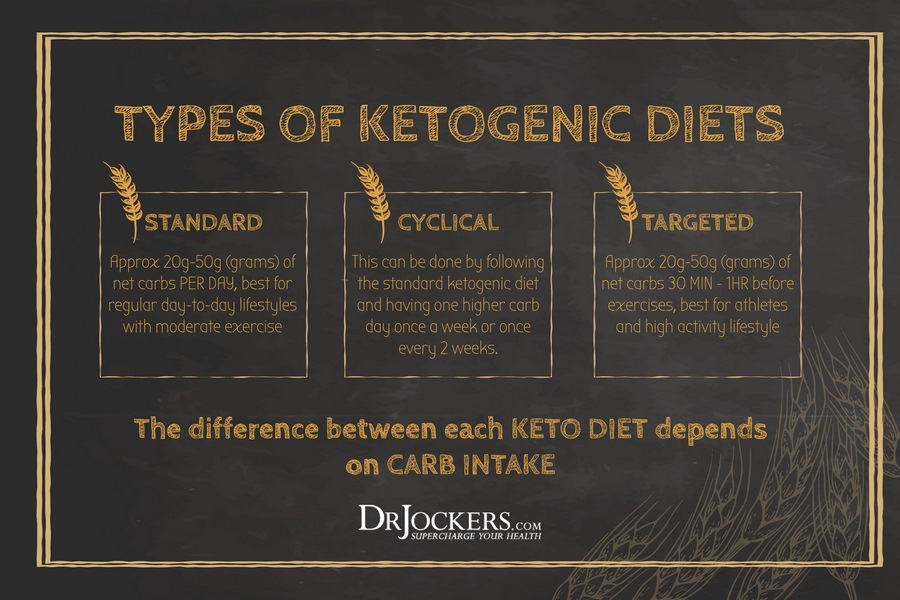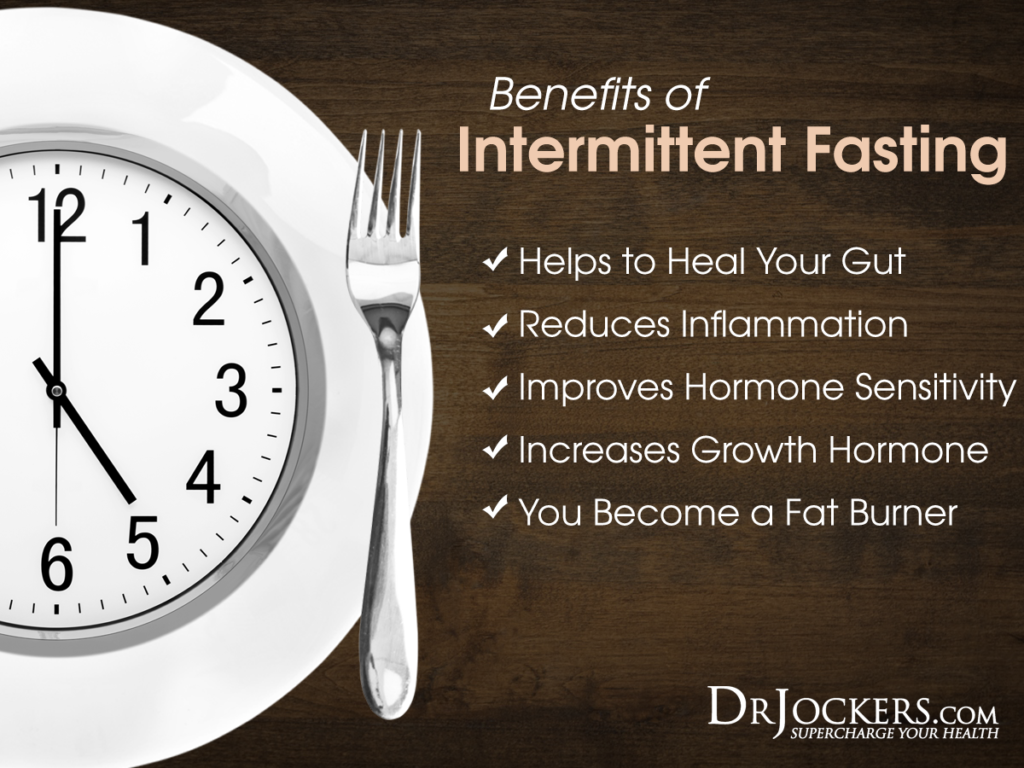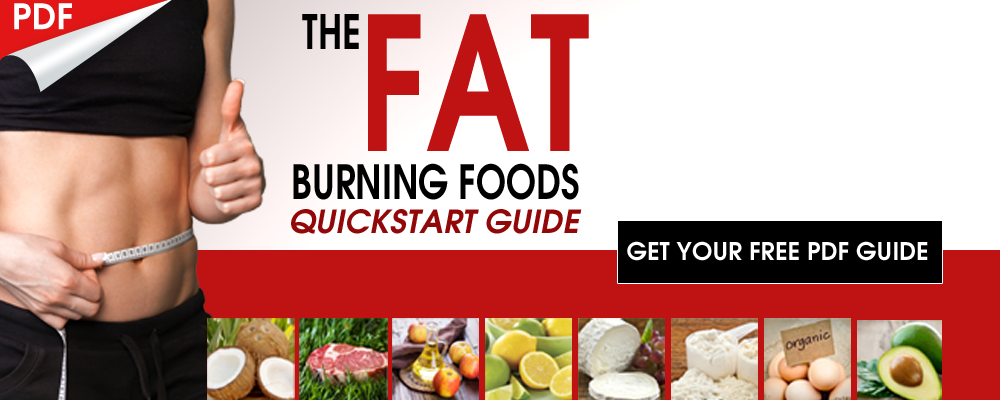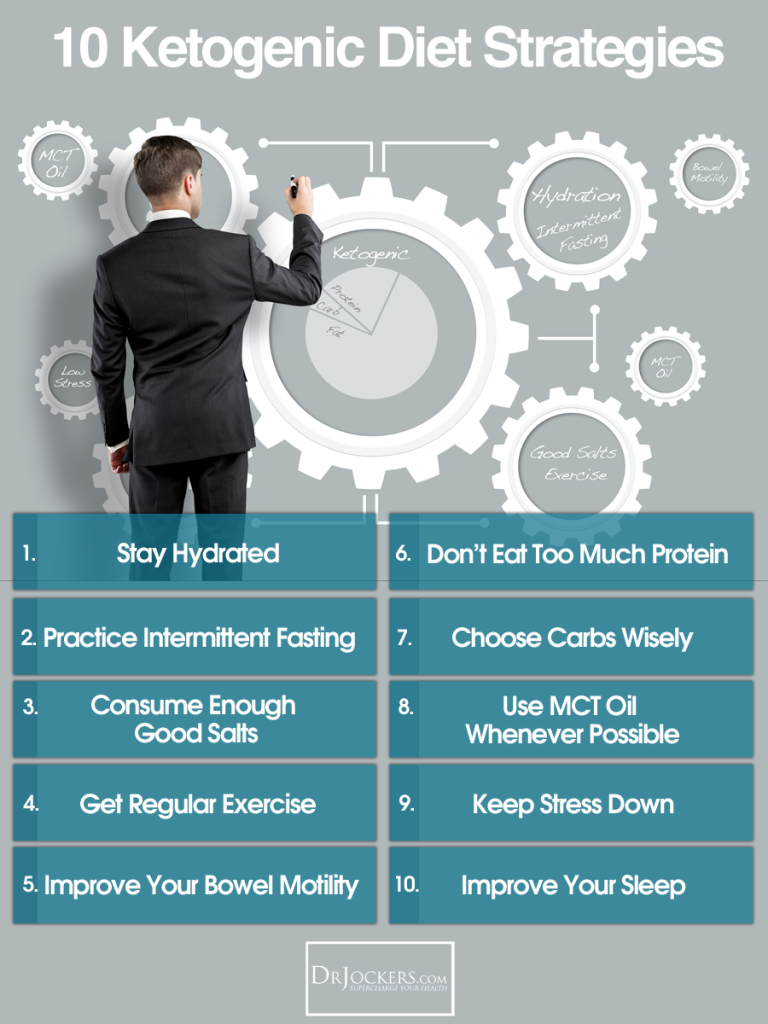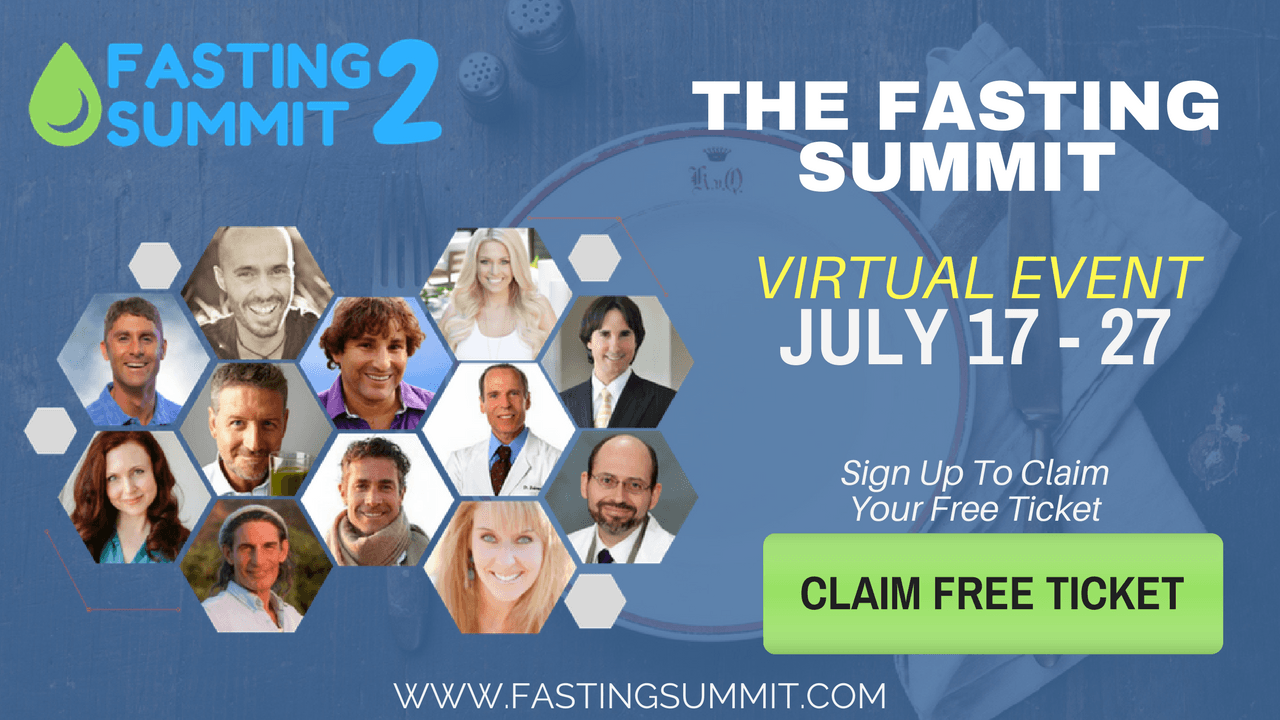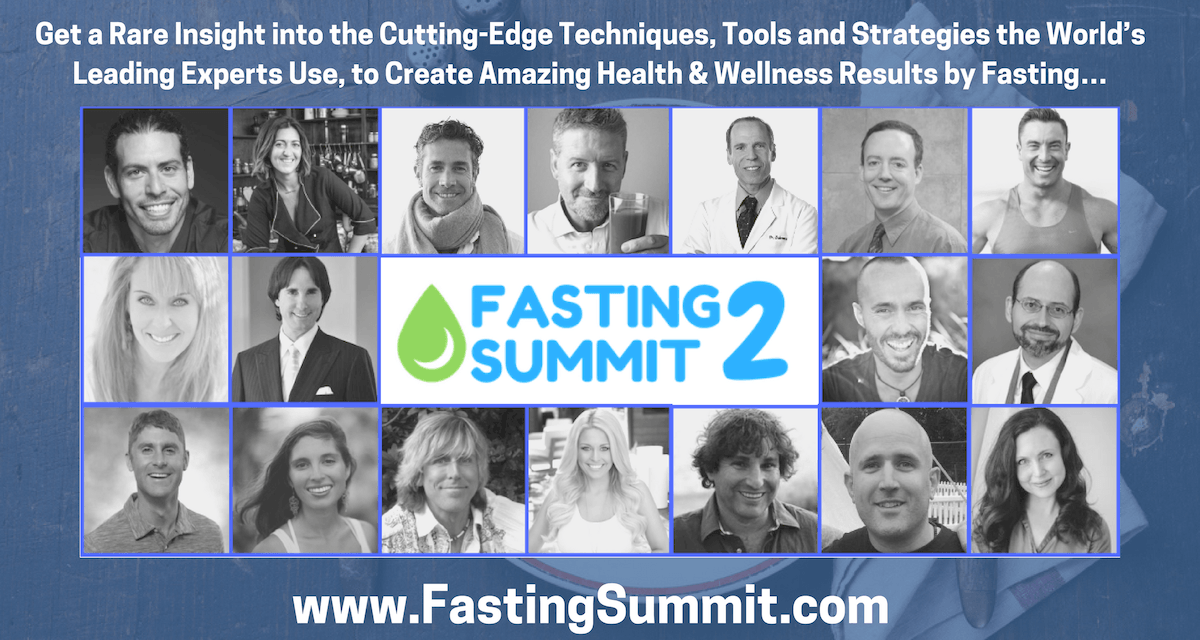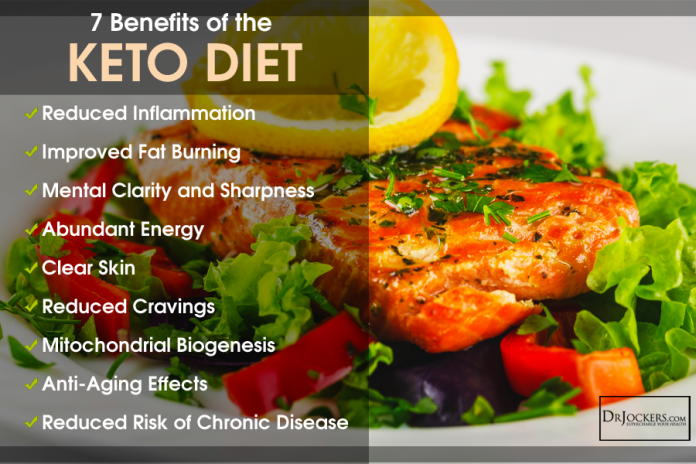
There is a ton of information floating around the internet on fasting and ketogenic diets. What is lacking is the fundamental explanation of why it is so powerful and more advanced techniques to take it to the next level. I’m going to break down the science and show you how to follow a cyclic ketogenic diet in a way that is best for your body.
It seems that so much of the information available is one size fits all. Something you quickly learn as a clinician, however, is that no such thing exists. That’s why I created this article to help as many people as possible find that sweet spot where they can feel amazing following a ketogenic diet while avoiding common downfalls.
Cyclic Ketogenic Philosophy
While a strict ketogenic diet was all the rage at first, people began to pick up on negative effects of long-term carb restriction. While a strict ketogenic diet still has its place for special cases, we are starting to realize that a cyclic ketogenic diet tends to give us the best of both worlds.
The cyclic ketogenic diet is based off of the feast or famine cycle. This is exactly what it sounds like, you go into a fasted (famine) state for a period of time, followed by a feasting period. This cycle is similar to the kind of eating pattern our foraging and hunting ancestors would have followed as a natural consequence of their lifestyles.
Consequently, it seems like this kind of cycle has many great benefits for health and vitality.
Famine
Fasting is simply the time you spend not eating. Modern day, since we have an abundance of food all the time, fasting is used as a way to mimic a state of famine. When we fast, we are essentially sending our bodies a signal that food is scarce.
As a result, our incredible bodies make physiological adaptations that allow us to survive for longer amounts of time without food. One such adaptation is the ability to form ketones.
Benefits Of Famine
The physiological changes that occur in your body during fasting improve what I refer to as your metabolic flexibility. Being metabolically flexible means that your body can easily switch between different fuel sources (sugar and fats) to immediately meet the current demands of your environment.
Most people in our society are reliant on carbs and sugars as an exclusive energy source, in essence they are metabolically inflexible. Because sugar is such an inefficient fuel source, these people are controlled by frequent hunger.
After practicing fasting, your body will easily switch over to burning fat to keep your energy levels stable.
Other benefits of fasting include:
Boosted Immunity: As energy is directed away from digestion, more energy is directed toward immunity. Fasting also reduces the production of certain inflammatory cytokines that distract the immune system (1, 2, 3).
Gut Health: While fasting, the body can focus on healing gut tissues and rebalancing gut microorganisms that distract from your health.
Cellular Autophagy: In a fasted state, the body breaks down old damaged cells and recycles them for energy. This process is great for getting rid of cancerous cells and intracellular pathogens like viruses and parasites. What’s left are more optimally functioning cells, this is particularly beneficial for brain health (4)!
Genetic Repair: A significant boost in HGH during fasting speeds the body’s ability to repair damaged tissues and DNA. This has important implications for cancer, muscle tissue health, and anti-aging.
Insulin Sensitivty: Lack of carbohydrates improves the efiiciency of insulin; balancing blood sugar and helping to better regulate fat burning hormones.
Feasting Phase
The feasting phase of this cycle is sometimes also referred to as refeeding. Many people begin to notice hormonal, thyroid, and adrenal issues during prolonged fasting or strict ketogenic diets.
This is now thought to be due to the brain’s interpretation of famine (caused by carbohydrate restriction). When the brain perceives a prolonged state of famine, it starts drawing energy away from body processes not absolutely critical for immediate survival. This includes a reduction in sex hormones (adrenal related) and a slowing of metabolism to conserve vital resources (thyroid related)
By strategically consuming carbohydrates, you signal to your body that you are not in famine and these negative effects can be avoided. Feasting days kickstart the thyroid, reset the adrenals, and essentially prevent the common problems people experience during prolonged fasting or ketosis.
The Beauty Of Cycling
The cyclic ketogenic diet may be one of the most powerful healing lifestyle strategies we know of today. Not only do you get to take advantage of the benefits of being in a ketogenic state, but you actually optimize them by preventing the side effects of your body thinking it is in a starvation state.
The result is you get more fat burning, feel more energy, mental acuity, higher immunity, drastically reduced inflammation, balanced hormones, and the list goes on. This is an ultimate quality of life boosting tactic!
Creating Your Personal Plan
While doing a cyclic ketogenic diet takes care of many of the problems associated with strict ketosis, I still like to stress that there is no one size fits all approach.
By following my guidelines below, you can find your sweet spot and make a cyclic ketogenic diet work for your unique lifestyle.
My recommendation is that no matter what your current situation is, that you start with the beginner program outlined below. I would give it 2-4 weeks, see how you feel, and if you are responding well take it to the intermediate program and so on.
Beginner
The beginner program is designed to gently guide your body into metabolic flexibility. For many of us, we have been burning sugar for energy our entire lives. This eating plan is designed to begin reversing this state without overstressing the body too quickly.
For a beginner phase I recommend:
3-4 low carb, keto meals per day, 4-5 days a week
1-2 days of higher carb and/or higher protein foods (some may need 2 carb up days per week)
1 day of Intermittent Fasting from carbs/protein
Example:
Consume low carb meals Monday-Friday, higher carb meals on Saturday (80-150 net carbs for the day), and fast from protein and carbs Saturday dinner until Sunday Dinner. Repeat this cycle for 2-4 weeks to see how your body responds.
If you do not respond well to the 24 hour fast on Sunday, opt instead for a second higher carb day and see how you feel.

Intermediate
Once you have implemented the beginner program and feel that it is very easy to maintain with stable energy levels, try progressing to an intermediate program for an additional 2-4 week period.
For an intermediate phase I recommend:
14-16 Hour Intermittent Fasting from protein/carbs each day
1 day of higher carb and/or higher protein foods
1 day of Intermittent Fasting from carbs/protein
Example:
On weekdays, have dinner around 6pm every night and fast until between 8-10am the next morning. On Saturday increase your intake of carbs to 80-150 net carbs for the day. Perform a 24 hour fast from dinner Saturday night until dinner Sunday night.
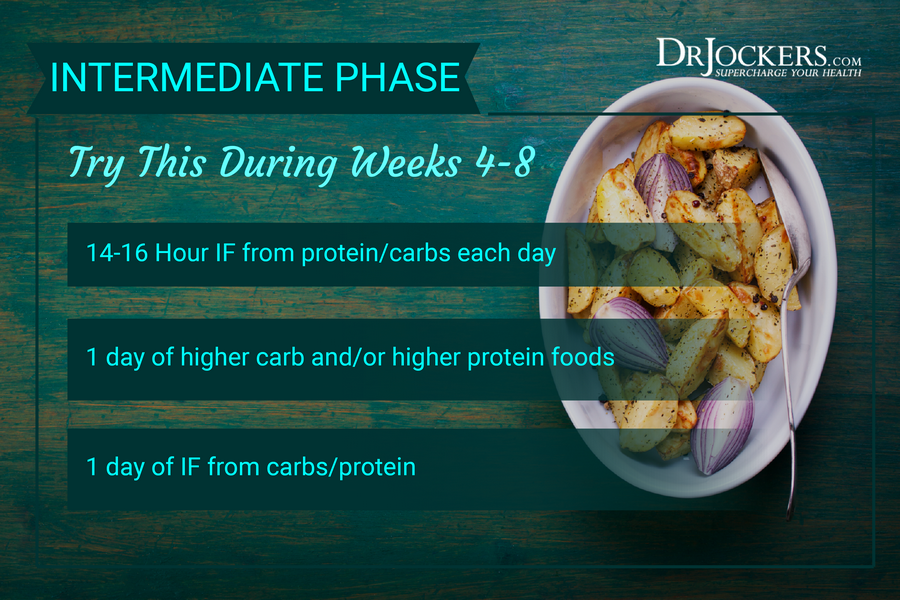
Advanced
Once you have progressed through the beginner and intermediate programs and feel that your body is thriving, an advanced program is a great final progression. This program is designed for individuals who have reached a significant level of metabolic flexibility with no side effects.
For an advanced cyclic ketogenic diet I recommend:
16-20 Hour Intermittent Fasting from protein/carbs each day
1 day of higher carb and/or higher protein foods
1 day of Intermittent Fasting from carbs/protein
Example:
On weekdays, have dinner around 6pm every night and fast until between 10am-2pm the next day. On Saturday, increase your intake of carbs to 80-150 net carbs for the day. Perform a 24 hour fast from dinner Saturday night until dinner Sunday night.
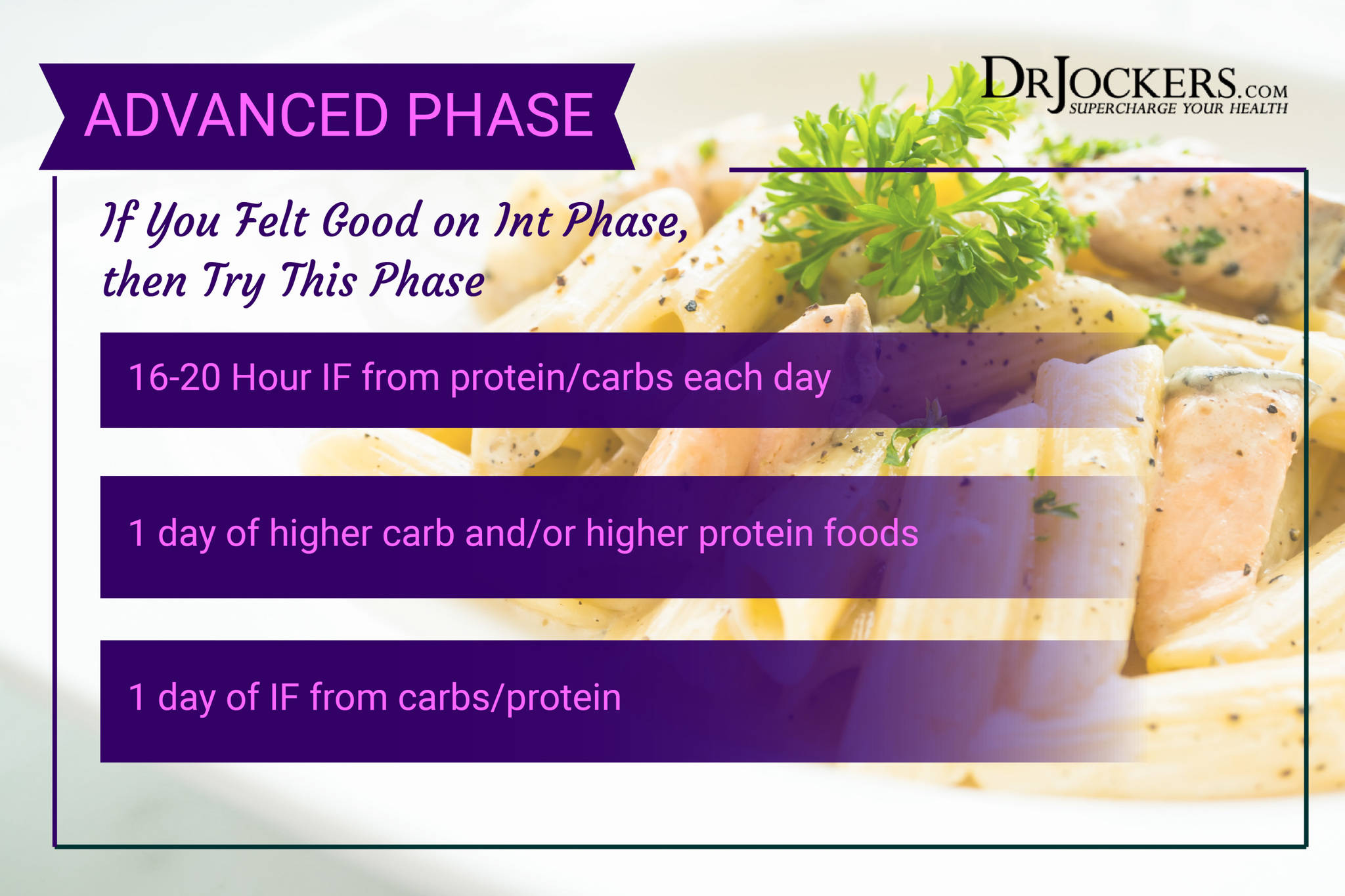
A Note On Fasting
You may have noticed that in my Intermediate and Advanced strategies above I recommend fasting from carbs and protein. During these times I recommend drinking plenty of fluids like water, organic broth, cleansing teas, and pure organic vegetable juices with no sugar.
Additionally, during this fasting period you may consume fats. For many people, I will recommend our Turmeric Fat Burning Coffee or Keto Matcha Green Tea (without the bone broth protein) as it helps keep you full and energized through the fasting period while providing anti-inflammatory benefits!
You could also simply add coconut oil or a high quality mct oil to your coffee or tea as a simple source of ketones.
Note: Considerations Before Starting
While a cyclic ketogenic diet is feasible for most people, there are still special cases of people that should not follow it as I have recommended above.
Young Children and Pregnant/Nursing Women should not fast. They can however do very well with a moderate carbohydrate, higher fat style of eating.
High Level Atheletes and People Performing High Intensity Exercise For An Hour Or More per day will likely have a hard time fasting for longer amounts of time due to the increased demand on the body.
Those With Adrenal and Thyroid Issues will likely do much better with the beginner program as it puts less stress on the body. These individuals will want to ensure that they are consuming extra minerals during the fasting phase to support the adrenals. Also, these individuals should expect to progress through the cyclic ketogenic programs at a much slower pace. This also applies for irregularly menstruating females, those who are under chronic stress, and people with poor sleep habits.
Fasting Summit
Are you interested in the best strategies to apply intermittent fasting and advanced fasting strategies? If so, you will want to check out the Fasting Summit! I presented on how to apply a cyclical ketogenic diet and use intermittent fasting to improve your metabolism!
The other speakers in the event are going to show you everything you need to know about Intermittent Fasting, Juice Fasting, Water Fasting and so much more. These will be some of the most exciting and controversial health talks you have ever listened to.
Here’s The Best Part: These guest speakers have never been together at one event before…and it can cost thousands to see them at live events. But you can see all of them in one place for free – you don’t even have to leave your house, and you can definitely watch in your pj’s. You can register at this link: http://goo.gl/HM3Zdw


